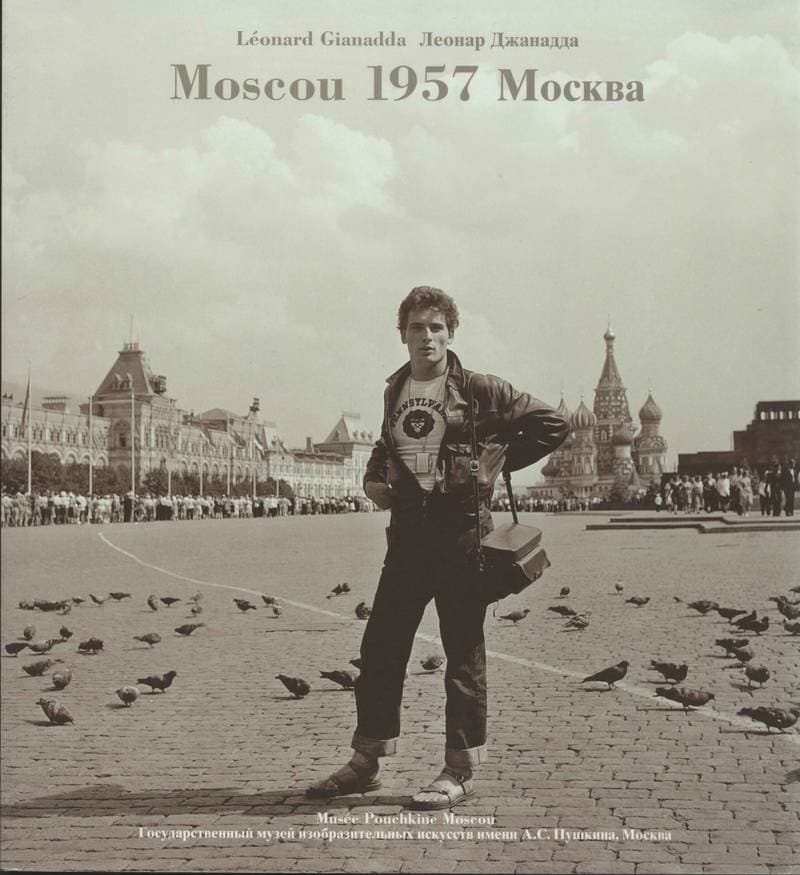Dorothea Lange: The Crucial Years 1930–1946
In 1935, the photographer Dorothea Lange joined Franklin D. Roosevelt's Farm Security Administration project, charged with the task of inventing an iconography that would record and convey the tales of Depression-era America. It was a task that forced Lange's photography to evolve from its then portrait-based character, as she stepped out into the streets to document the woes of the Great Depression, thus creating what is today her most legendary body of work. Gathering powerful images of displaced farmers, sharecroppers and migrant workers (such as the classic “Migrant Mother”) with her Graflex camera, Lange put a human face to this difficult era, and revolutionized documentary photography. She obtained results without forcing them, instead just “sitting down on the ground with people, letting children look at your camera with their dirty, grimy little hands, and putting their fingers on the lens, and you just let them, because you know that if you will behave in a generous manner, you are apt to receive it.” The Decisive Years surveys the various topics that Lange approached throughout the 1930s and 1940s, with an important selection of her work for the War Relocation Authority (on the evacuation and relocation of the American citizens of Japanese origin)--only a few of which have ever been reproduced in catalogues--and her documentations of farmers' communities in California and Arizona, and the Conference of the United Nations in San Francisco.
Данные книги
Мадрид
2009
186 страниц
9788492498758
Доступ по запросу
Да
Нет
770.9 Lan
1
- Dieter Blum: Cathedrals of the Body / Дитер Блюм: Тело и вдохновение2004
- Fleur: Plant Portraits2005
- Langdon Clay: Cars — New York City, 1974–19762016
- Sebastiao Salgado: Genesis2013
- Леонард Джанадо. Moscou 1957 Москва2010
- Gregor Sailer: The Potemkin Village2017
- Arthur Tress: San Francisco 19642012
- Fact or Fiction, Roger Ballen2003
- Martin Parr: Bad Weather2014
- Bernd & Hilla Becher: Hannover Coal Mine2010
- Karl Lagerfeld: Moderne Mythologie2009
- Val Williams. Martin Parr2014












